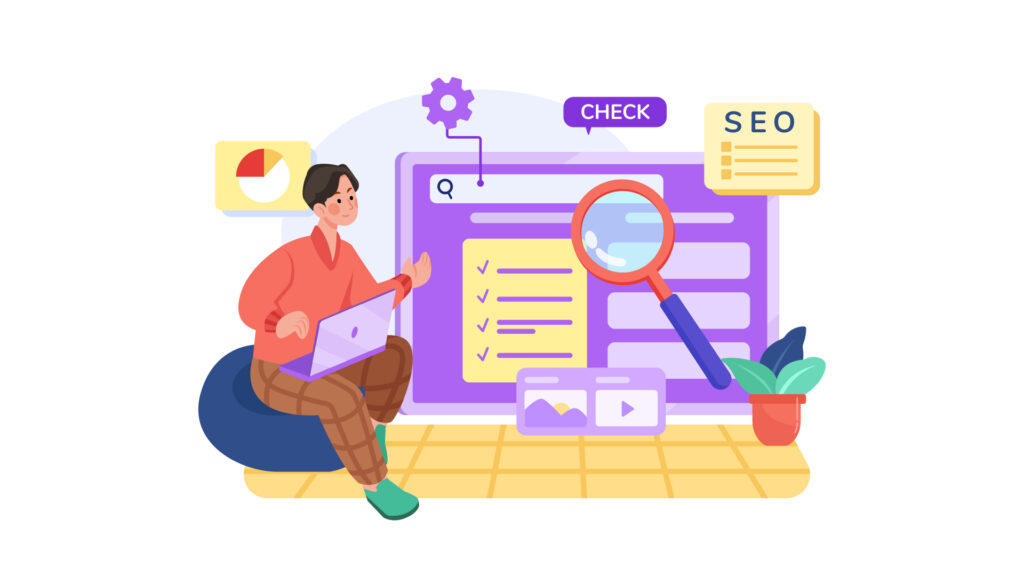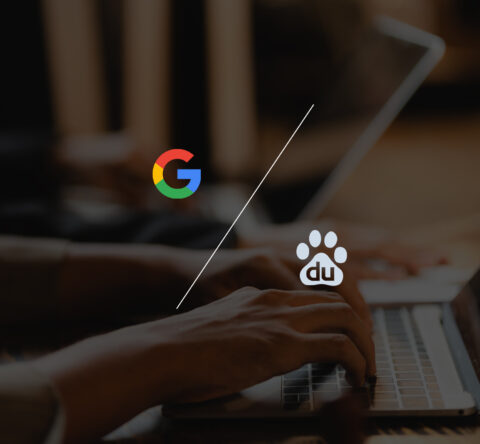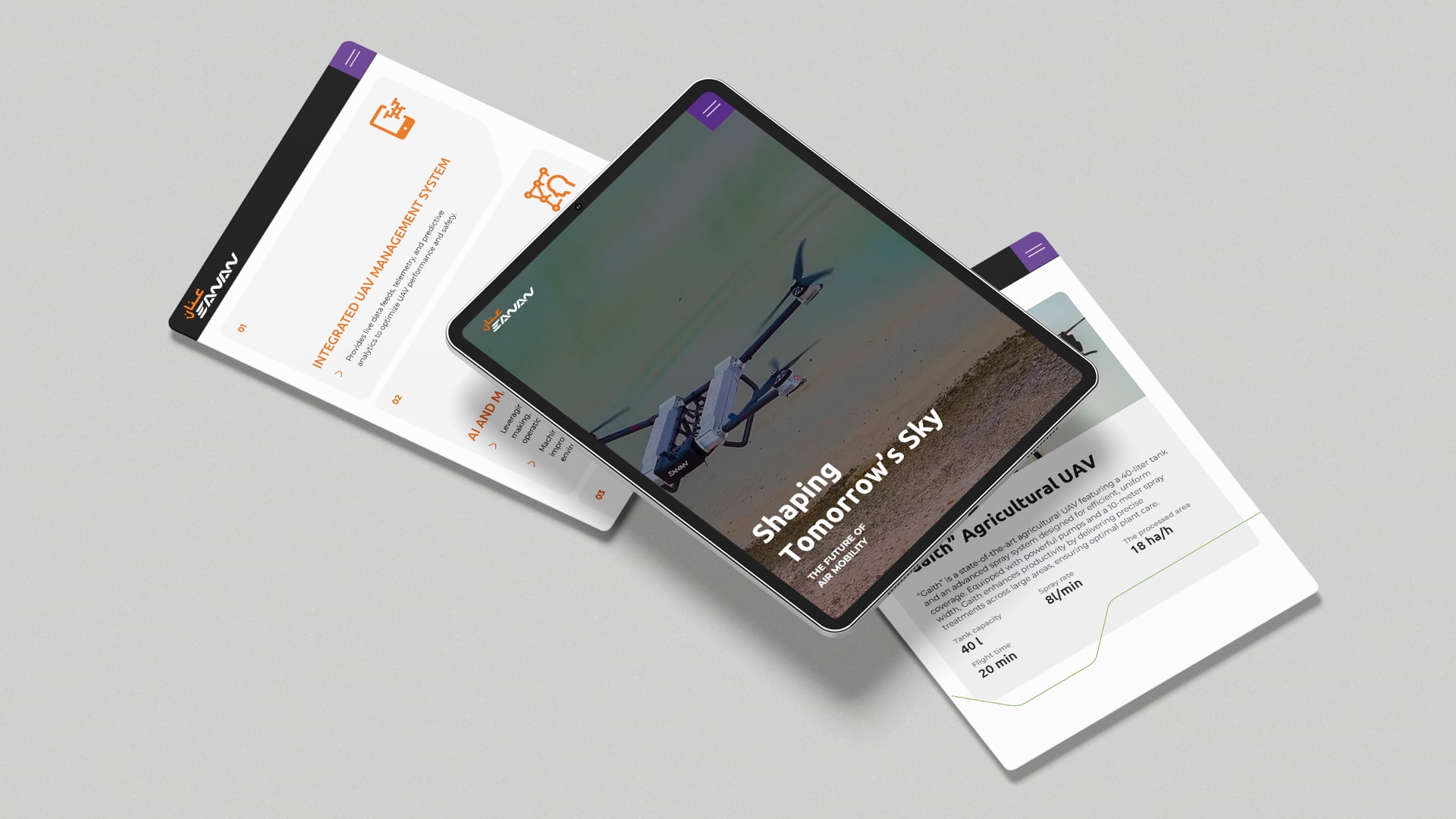Duplicate pages creeping into your site? Confused about canonicals? Let’s fix it using Screaming Frog. Think of this as your Screaming Frog guide—friendly, practical, and zero fluff. By the end, you will know exactly how to detect duplicate content using Screaming Frog, run a solid Screaming Frog duplicate content audit, and find canonical issues with Screaming Frog without tearing your hair out. Let’s tackle that pesky What is canonical tag question. If you have ever typed “duplicate content Screaming Frog ” into Google, this is for you.

Screaming Frog: How to detect duplicate content
Step 1: Quick setup (so you don’t miss anything)
Open Screaming Frog, paste your homepage, and hit Start. If you’ve got logins, add credentials (Configuration → Authentication). Using dynamic content? Turn on JavaScript rendering (Configuration → Spider → Rendering).
Because we are aiming for a thorough Screaming Frog duplicate content audit, tweak a few settings before you crawl:
- Enable Crawl Canonicals and Check Duplicates.
- In Configuration → Content → Duplicates, keep “Near Duplicates” on.
These switches make sure your crawl actually answers the “duplicate content Screaming Frog ” question instead of giving you a half-baked report.
Step 2: Find exact and near-duplicate pages fast
When the crawl finishes, hop into the Content tab. Use the Exact Duplicates filter first. That’s where two or more pages are basically the same HTML. Click a URL and look at the Duplicate group ID—pages sharing the same group ID are clones.
Then check Near Duplicates. This looks at similarity (think big overlapping chunks of text rather than byte-for-byte copies). Use the Duplicate Details panel below to see which sections overlap—super helpful for blog archives, tag pages, and filtered category pages. This is the heart of any Screaming Frog duplicate content audit. If you have got parameter versions of the same category page, don’t panic—we will sort those canonicals in a second, so duplicate content Screaming Frog stops being your daily struggle.
Step 3: Titles and metas are signals too
Flip over to Page Titles and Meta Descriptions. Filter by Duplicate. If 50 product pages all say “Men’s White Shirt | BrandName,” that’s a signal you have got templated content with no unique bits. Export them, then group by template or category so you can fix them in batches. Pairing title/meta duplicates with body duplicates gives you a complete picture—not just “these look similar,” but why they look similar.
Step 4: Canonicals 101
A canonical is a hint to search engines about which URL is the “main” version when multiple URLs show similar or identical content. In Screaming Frog, jump to the Canonicals tab and look at:
- Missing (pages that should probably have a canonical but don’t),
- Canonicalised (pages pointing to another URL as the preferred one),
- Non-Indexable Canonical (canonicals that point to pages you can’t index—whoops).
This is where you find canonical issues with Screaming Frog. Click a URL, and in the bottom window, check Inlinks and the Canonical column. Watch for:
- Canonicals pointing to redirects or 404s (fix them to point directly to the live, final URL),
- Self-referencing canonicals missing where they should exist,
- Canonical chains (A → B → C). Canonicals should point straight to the final version, not play Chinese whispers.
Step 5: Get your thresholds right for near duplicates
Near duplicates can over-fire if your site has heavy boilerplate (sidebars, footer links, CTAs). Head back to Configuration → Content → Duplicates and tweak thresholds only if your report looks noisy. If you’re auditing a blog with similar layouts, default settings are usually fine; just sanity-check the Duplicate Details to confirm the overlaps are meaningful.
Step 6: Parameters, pagination, and faceted URLs
E-commerce? You likely have parameters like ?sort=price or ?color=blue. Screaming Frog exposes them in Parameters. If parameter pages are indexable but don’t canonicalise to the clean version, you will multiply duplicates. Decide your policy:
- Canonical to the clean URL (often best),
- Standardise internal links to the canonical URL (definitely do this),
- Noindex or block certain parameter combos (case by case).
For pagination, use proper rel-next/prev (if still relevant to your setup) and keep canonicals pointing to each page unless you’re consolidating to page one for a specific reason.
Step 7: Tie duplicates to links
Duplicates don’t exist in isolation—your links decide what gets crawled and valued. Do a quick Screaming Frog internal link audit at the same time. In Site Structure and the Inlinks panel, spot where you’ve accidentally funneled more links to a duplicate than to the “main” version. Update navs, breadcrumbs, and related links so your canonical target is also the most linked version. Canonicals work best when internal links agree with them.
Step 8: Fix, prioritise, and report like a pro
Start where impact is highest:
- Exact duplicates that are indexable,
- Pages with traffic/backlinks,
- Category or tag archives are spawning lots of near-duplicates.
Your toolbox:
- Self-referencing canonicals on the clean version,
- 301 redirects when a duplicate shouldn’t exist at all,
- Unique content on pages that deserve to stand alone,
- Noindex for utility pages that shouldn’t rank.
Export the Exact Duplicates and Canonicalised reports, add before/after notes, and hand them to your dev/content team. This turns a basic crawl into a professional Screaming Frog duplicate content audit. Clean internal links and canonicals mean you stop generating fresh cases of duplicate content, Screaming Frog, every month.
Step 9: How Screaming Frog flags duplicates
Screaming Frog uses hashing and similarity checks. Exact duplicates are easy—identical content hashes. Near duplicates compare chunks of text to see how similar two pages are. That’s why tiny changes (like a colour swatch) might still count as “near duplicate.” If your site is super templatized, plan for content blocks that make pages unique—unique intros, FAQs, or spec tables that break the tie.
Step 10: When to canonical vs redirect vs noindex
Canonical when multiple URLs legitimately need to exist (sorting, tracking, pagination), but one should be treated as primary.
- Redirect when a duplicate shouldn’t exist at all (e.g., https vs http remnants, trailing-slash variants you no longer use).
- Noindex when a page is useful to users (internal search results, certain filtered views) but not useful to search engines.
Pro tip: Don’t canonical to a page that’s blocked by robots.txt or is non-indexable. That’s like telling Google to respect a sign it can’t read.
If you need a hand making all this stick—from audits to fixes to monitoring—or you just want a partner who’s done it hundreds of times, talk to us at GTECH, a search engine optimization agency in Dubai. We will crawl, prioritise, fix, and keep your site clean so your best pages actually rank.
Related Post
Publications, Insights & News from GTECH








